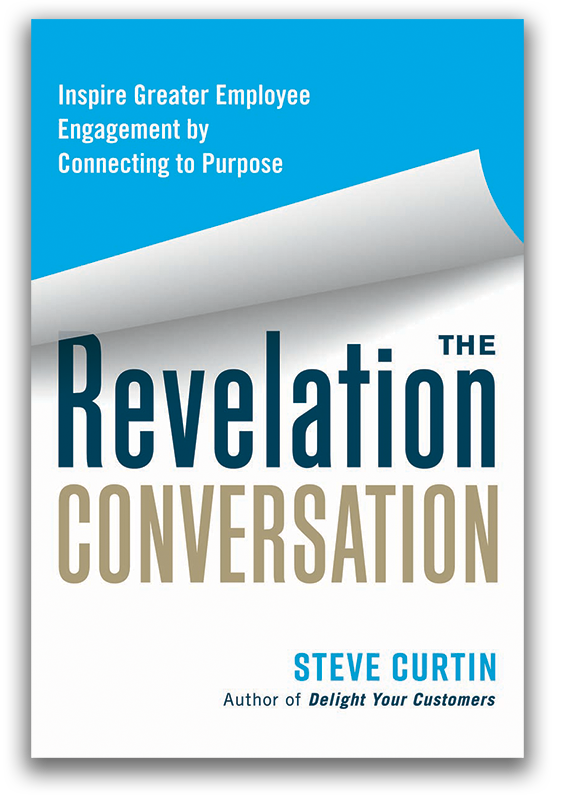Earlier this summer, I was relaxing by the pool at a well-known resort in Las Vegas. Because it was 100° in the shade, from the moment I settled into my lounge chair I was on the lookout for a beverage server. Within a few minutes, the server appeared carrying a tray with several drinks on it. I watched her crouch down to deliver the drinks to guests who were wading in chest-high water near the side of the pool. After the transaction was complete, without glancing to her left or right, she walked straight to the cabanas lining the rear perimeter of the pool deck.
Perhaps five minutes later, she exited the last cabana and took an alternate route to the bar. This way, she would not have to acknowledge the futile attempts by guests to gain her attention or, worse, she wouldn’t have to blatantly ignore them as she passed by, feigning ignorance.
When she returned to the pool deck five minutes later, she stopped at the first set of chairs she encountered. A group of guests had just arrived and was still laying out towels and applying sunscreen. I observed the frustrated body language of a number of guests who had been waiting to get her attention long before the newcomers arrived. As the server turned toward the bar to submit her latest order, I recognized that if I wanted a drink anytime soon I was going to have to walk to the pool bar and order it myself – which I did.
This experience got me thinking about the balance between labor productivity* and customer service quality. Productivity is the effectiveness of output. The results calculated will give you a clear indication of how productively and profitably your business is operating from a labor standpoint. Here’s an example:
Let’s say that our server’s output averages $200 in sales per hour x 7-hour shift = $1,400 per 7-hour shift. That’s $7,000 per week ($1,400 x 5 days) in gross sales x 50 weeks = $350,000 in gross sales per year
So, $350,000 in gross sales (output) was generated by utilizing 1,750 labor hours (input). To calculate labor productivity, divide 350,000 by 1,750 = 200
Next, subtract wages and benefits costs of $85.05 (tipped employee wage rate of $12.15 per hour including benefits costs x 7-hour shift) from total sales of $1,400 = $1,314.95
Now, let’s assume this full-time employee gets paid for 1,820 hours per year (35 hours per week x 52 weeks, including paid time off). Her total sales contribution per year (less wages and benefits costs) is $328,737.50 (50 weeks x $6,574.75: $1,314.95 per day x 5 days per week) or $180.63 sales contribution per hour.
Management’s goal, typically, is to increase the number of covers (guests purchasing food and/or beverage items) per labor hour. In other words, to generate the most sales possible utilizing the fewest labor hours.
While I respect the nobility of this objective, I am convinced that an equally important variable is customer satisfaction. It’s well documented that U.S. consumers are willing to spend more to do business with companies that deliver excellent customer service: 17% more according to one study (AMEX). Another study revealed that, when making a purchase, 64% of people find customer experience more important than price (Gartner). And a third study found that a moderate increase in Customer Experience scores generates an average revenue increase of $823 million over three years for a company with $1 billion in annual revenues (Temkin Group).
I would challenge management to estimate the opportunity cost of underserving 30% of customers (potentially forfeiting all or a portion of their food/beverage revenue) due to inadequate staffing, even while 70% of customers feel that service quality ranges from average to excellent.
Let’s say that management, by adding a second server, can improve speed of service, thereby serving more customers more efficiently, and that food and beverage sales increase by 30% as a result. In this scenario, gross sales will increase by $60 per hour or $420 per day ($60 per hour x 7-hour shift). And when customer service quality increases, so does overall satisfaction, intent to recommend, intent to repurchase, and willingness to spend more on products/services. If these factors contribute to a 10% sales premium, then average daily sales can increase further to $2,002. Beyond a potential increase in revenue, higher service quality correlates with reduced price resistance – and higher prices can lead to increased profitability.
The support of a second server enables both servers to be more attentive to guests and more responsive in fulfilling their orders. They can pause, look around, anticipate needs, serve more guests, and, ultimately, drive more sales. In our example, an investment of $85.05 in added labor results in a return of $602 in added sales. That’s an ROI of 608%! In addition to buoying customer service quality and sales, adequate staffing may also lead to other organizational benefits such as increased job satisfaction, higher levels of engagement, and improved attendance/reduced absenteeism.
It’s not zero-sum: productivity OR customer satisfaction. Each of these important variables must be properly valued when attempting to make responsible staffing decisions that will yield the greatest sales return against labor costs.
* Partial-factor (labor) productivity does not include costs related to capital, materials, maintenance, rent, utilities, insurance, etc.
Illustration by Aaron McKissen.




